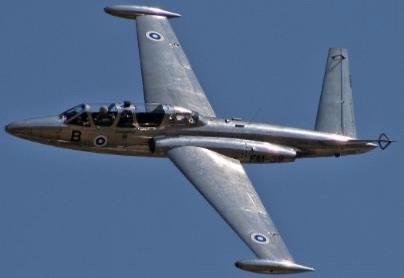WannFly
Final Approach
You can always change course. The other day I was flying In SE direction and there was another Cessna flying SE from west. fargo approach called me the traffic, I couldn’t see it with sun in my eyes. I asked for a heading change and they gave me a SE heading to fly, as soon as I turned I had visual on the traffic about 1.5 mile out same altitude. Per both of our flight track it seemed like we will eventually trade paint at some point. The Cessna still didn’t have me in sight. After some time I asked for a SW heading and decided to get around him from his 6 o clock. Worked out pretty well. Of course if one is not talking to ATC, a bets are off and you don’t know what the other person is going to do. Typically in that situation I will ask ATC for a different heading if I don’t hav the other traffic in sight and they have him/her on their radar.


